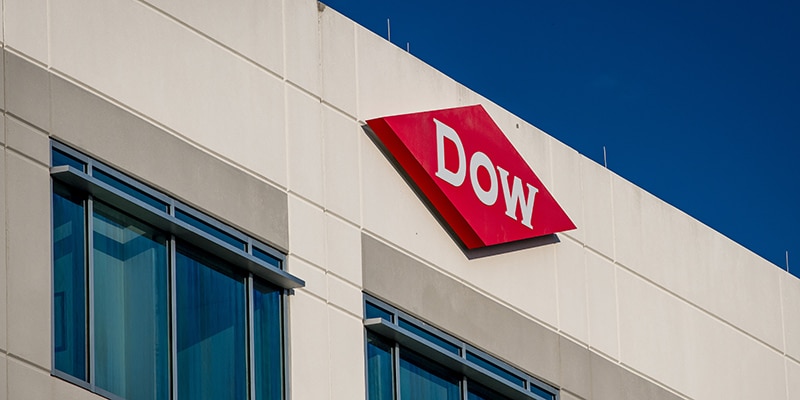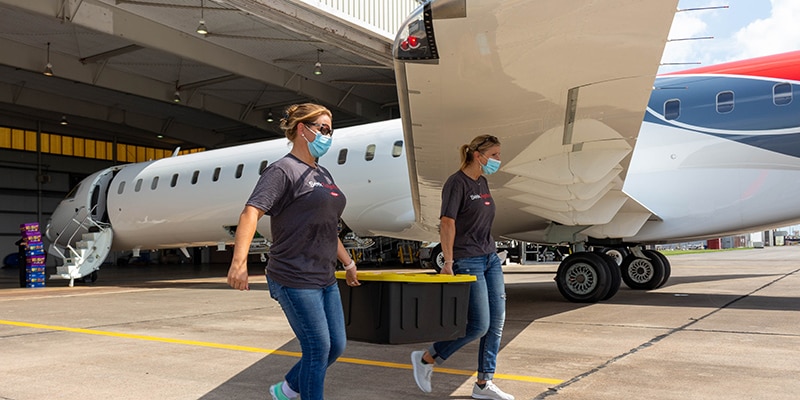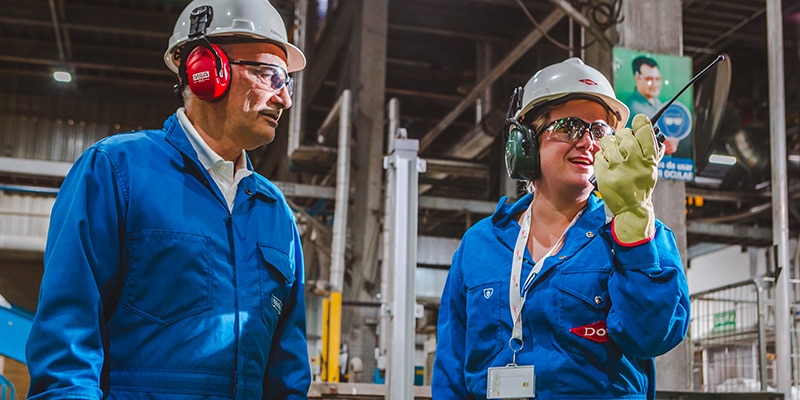Many communities are built alongside a river or lake, and too often the people who live there take for granted the precious resource that surrounds them. Adopting “watershed thinking” among community members can help integrate natural, social and economic perspectives and contribute to the long-term conservation of these waterways.
That’s what has happened with the Saginaw Bay Watershed, Michigan’s largest watershed. The Saginaw Bay Watershed encompasses more than 7,000 miles of rivers and streams spanning 22 counties and is home to 138 endangered or threatened animals and 90 fish species. It’s also home to 1.4 million people and to many agricultural and industrial resources that drive Michigan’s economy. In 1998, Dow approached The Conservation Fund to develop the Saginaw Bay Watershed Initiative Network (WIN), which takes a collaborative approach to conserving and improving the watershed.
Over two decades ago, WIN has become a catalyst for hundreds of initiatives aimed at improving the watershed and its communities, and has become a model for corporate/non-profit partnerships. With the support of 12 foundation and corporate partners, WIN has invested more than $4.5 million in approximately 250 locally driven projects, and leveraged an additional $9 million in support of these projects.
Community support and involvement are critical to answering the diverse challenges these projects tackle, and WIN brings together a variety of stakeholders – including farmers, business people, farmers, conservationists, tourism specialists, city planners, government representatives and community members – for their perspectives and expertise.
“We believe that conservation is an all-hands-on-deck proposition,” said Mike Kelly, who manages the Saginaw Bay WIN. “Just as conservation takes many forms, so do the programs we support. We draw on cross-sector expertise to select projects and then provide access to local and national experts who can bring new ideas, funding and technical support that can help turn those ideas into great projects.”
Examples of WIN-funded projects include acquiring property to protect wetlands, removing dams to restore fish habitat, supporting storm-water projects to improve water quality, and connecting several natural preserves to create an outdoor recreation destination and enrich wildlife habitat.
“WIN is more than a source of funding. It is a great partner in building critical community support and ensuring project success,” said Brad Jensen, executive director with Huron Pines, an organization devoted to preserving natural areas.
Dow supports WIN’s administrative costs, and partnering organizations appreciate that every penny they contribute goes directly into projects and that the project ideas are presented by local stakeholders. As a result, WIN’s grassroots approach has become a template for corporations that want to support community programs focused on sustainability while simultaneously achieving business success.





